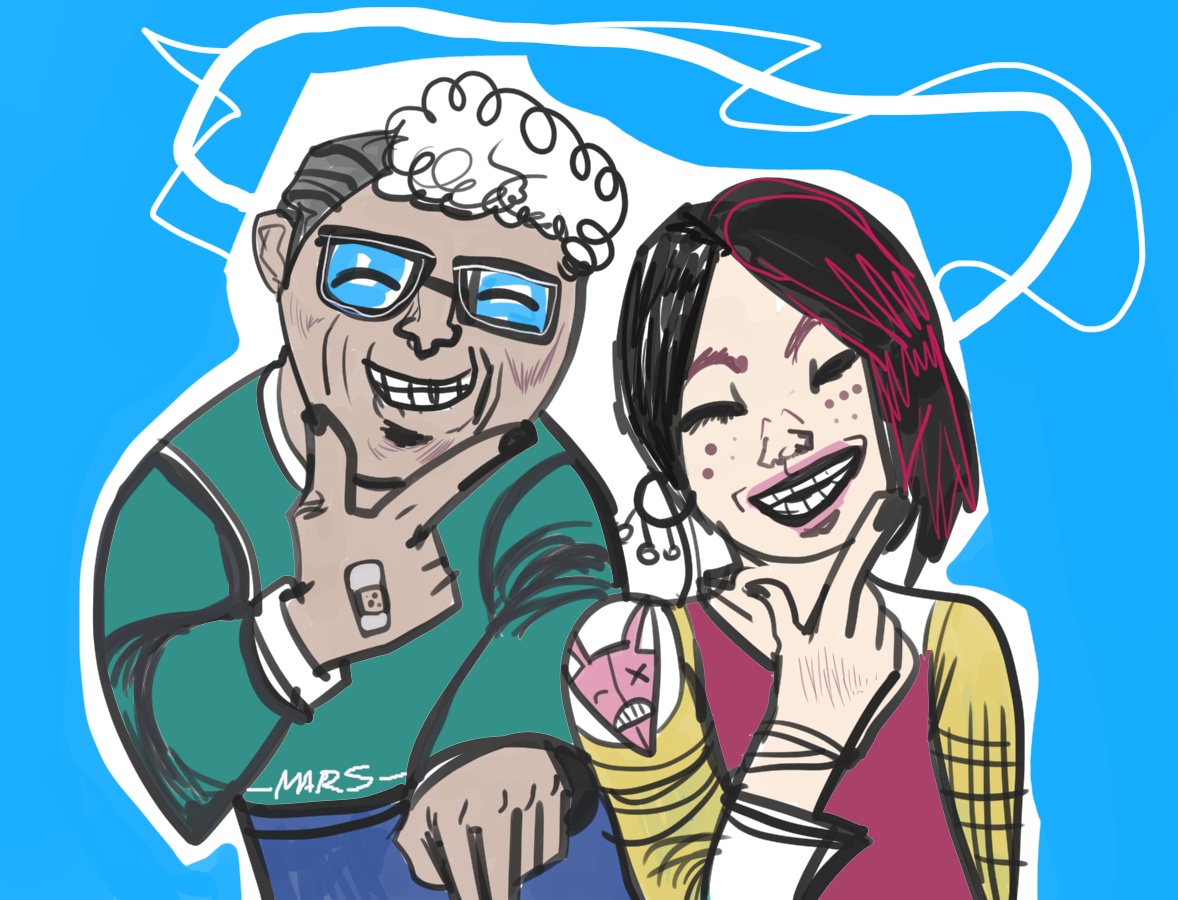
By Mars Dorian, {grow} Contributing Columnist
Today’s media and content overkill have made staying memorable a dragon’s quest.
I mean, you have to compete with ads, freemium games, fast-paced Youtube clips and Hollywood superhero flicks that visually blast your eyeballs in seconds. Not to forget the constant red notifications of your favorite social media.
Beep, blink, beep.
How do we mere and normal mortals stand out in the mind clutter?
Below are three ways I’ve I’ve learned to remain memorable in this cluttered world:
Read everything, even between the lines
I’ve been recently looking for a shared flat and read through many offers on German websites.
Reading the ads tells you the attitude of the renter and what they expect from you.
So when I found a flat I enjoyed, I messaged the renter using the contact information in his copy.
Guess what?
The renter was positively surprised I actually contacted him via WhatsApp and not the website’s messaging system. I was a bit confused: “Didn’t you explicitly mention in your ad to NOT use the website’s messaging system?”
“Yeah, but few seem to read the whole text. They just skim.”
I discovered that response a lot.
Many potential tenants don’t seem to read the whole ad and just hit reply. In fact, some flat offers from renters included codewords like “Eichhörnchen” (German for squirrel) which you had to include in your reply.
Why? The author of the ad wants to make sure you actually read the ENTIRE text before hitting reply.
In other words: If you skim, you don’t win.
In a 5-second world where people have the attention spans of twitchy, ADHD-riddled goldfishes, taking the time to read the offer, perhaps even the subtext between the lines will set you apart from the competition.
They will be too busy spamming their prospects with uninformed pitches.
(Re)making lasting impressions
It’s easy to stay on someone’s mind during a collaboration or meet-up. It’s tougher to remain memorable a month or a year later.
Once a transaction is done, so is the contact. But it doesn’t have to be like that.
Every single day, I contact one former client or a good friend I haven’t talked to in months or even years. I write something genuine and specific to that person so it doesn’t come across as a template:
Hey Mike,
Remember the interesting and controversial talk we had at that Vietnamese Restaurant Saigon in Berlin the last summer?
I still remember how some guests around us threw confused glances at us and whispered.
I love what you said about (topic X) and would love to reconnect.
As for me, I’m working on my first exhibition in Potsdam and a potential small print book deal.
What about you?
Would love to hear from you again.
Quick, simple but specific. You also want to mention something noteworthy to help trigger the memory. In my case, it was the ‘controversial discussion’ I had enjoyed with Mike.
Unusual = more memorable
Sometimes that re-introduction leads to a new co-project, sometimes it doesn’t. However, in ALL cases, the person is delighted or at least pleased to get approached again.
Some of my current projects happen because of contacts I made years, heck, DECADES ago. As I’ve mentioned in my “3 reasons why I’m choosing people over algorithms” post, I’m participating in a Berlin exhibition with old art buddies. This decision was made in a blink because I met the folks at a pub, flashed my phone and showed my newest artwork on my Instagram.
They dug it.
It took five minutes to take part in their group exhibition because the trust had been built over many years.
So keep coming back to the people you connected with, no matter how long ago. And make that re-approach as specific and noteworthy as possible!
Pay thanks with print
When you pledge to a Patreon creator to fund their work, you usually get a digital ‘thank you’ note when you pay for their lowest tier (usually 1-5$ per month).
That’s common, but common doesn’t stick. A rush of bytes flying past your brain.
But when I pledged to dark fantasy author and writing coach Ksenia Anske, I received a handwritten letter with a personal note all the way across the big pond. That was a while ago but I still remember it.
The style of the writing, the unusual, semi-transparent envelope.
And the personal message with my name. Instant memory imprint.
Financial expert and friend Mike, whom I mentioned above, just recently sent me a cool postcard from Russia. I did not expect that so it stayed in my mind.
Not too long ago, I also received an autographed print copy of a marketing book from the United States with a personal ‘thank you’ note. The sender and author was none other than Mark Schaefer.
Sure, postage is wayyy more expensive, especially when shipments go overseas. But guess which gesture sticks to my memory — a quick digital note or the lavishly signed print?
So whenever your gesture takes more effort, read: more money and more time, it usually impacts yours and others memory much longer. In other words, when you want to remain memorable in your customer’s eyes, print wins.
It’s bewildering how a bit more effort helps you stay more memorable in a content overkilled world.
What are you doing to remain memorable in your client’s mind?